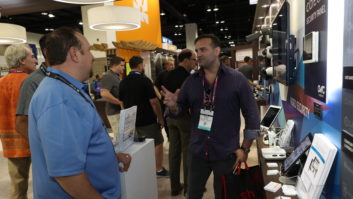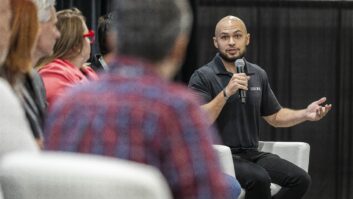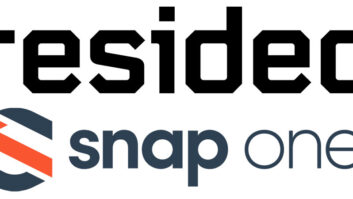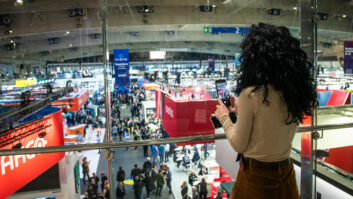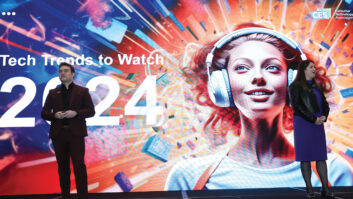At the risk of sounding like a “get-off-my-lawn” grouch, lately I have come to bemoan the loss of physical media. Storing our beloved content in the cloud sure is easy, though. And convenient — calling down what you want, when you want it, is too good to resist. Plus, the lack of clutter is amazing — hundreds of films and albums, and not a storage rack in sight.
So what am I complaining about? In two words: “haptic memory.” Haptic memory is a type of sensory memory that is collected through feeling or touching something. For anybody growing up in the pre-cloud era, the physical interaction with our content was just as important as the viewing or listening to it was.
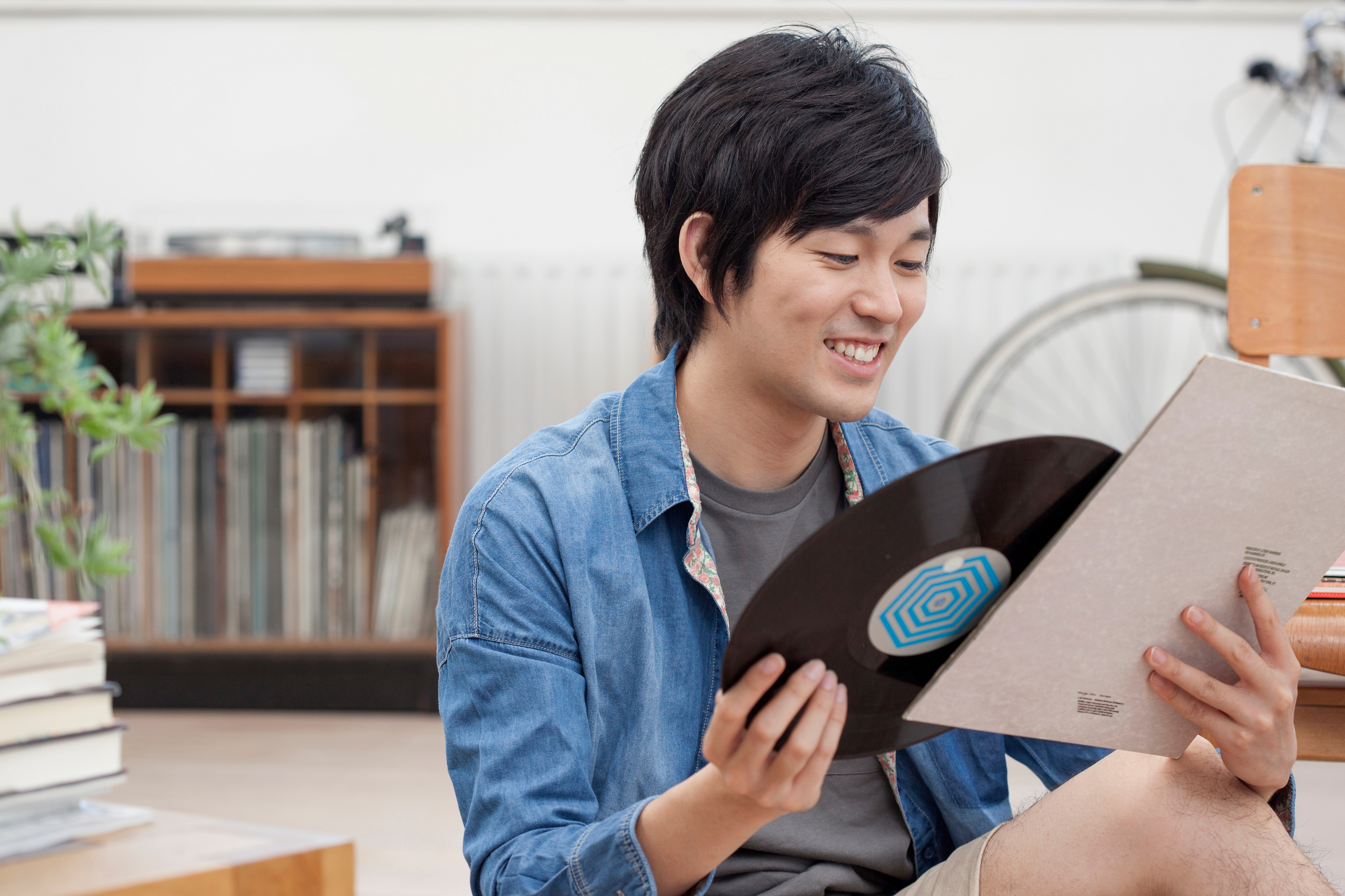
A prime example is the scene in Cameron Crowe’s semi-autobiographical film Almost Famous when the film’s protagonist, William, as a boy, is listening to Simon & Garfunkel’s “America” while flipping though a stack of some of the most famous albums in history, running his fingers over them, touching the gold foil stickers on some, connecting with them through touch as much as through sound. (He then discovers The Who’s Tommy, which leads to a whole other haptic adventure.)
Like William, I can remember studying my LPs (and, later, CDs) for lyrics, information about the artist, and cover art appreciation. (One of the first albums I ever bought with my own money was the Beatles’ White Album, and I remember staring at that while I listened, and there wasn’t even anything to look at!)
Other Musings from the Editor: Taking on Amazon
Let’s move forward a bit to videos. I saw a Tweet a few weeks back where someone mentioned a Disney video tape, and one of the replies was that they always came “in the big white plastic case,” which brought me right back to when my kids were young and would walk around with those way-bigger-than-necessary cases that would crunch when they squeezed them too hard. They remember, too, when I asked, and they were quick to add in their favorite flicks from the day.
Without physical media, the only thing left to instill a memory is the content itself — and the experience they had watching it. Which is where we come in. No more crunchy tape cases, but they will remember sitting in their special space watching movies and listening to music on this fantastic system that has been created for them. They’ll remember the transition from the paltry system they had before to the robust, unique experience they were brought to. They will also remember sharing that experience with friends and family.
That’s the power we’ve got in the custom installation business. Decades from now, when an old movie (by their standards) comes up on whatever screen they use then, they will be taken back to the theater seats in their house’s special room, with the cool lights, the clever control system, and the subs that shook their butts (which can be a haptic memory!).
That’s a big responsibility, but fortunately we’re up to the task. To help capture the moment, particularly with clients with small children, businesses could offer to take a photo of the family in the new space that the installer could print, frame, and deliver shortly after handoff. There’s a good chance someone on your staff knows their way around a camera (or knows how to take a decent cell phone picture).
Even More Musings: Listen Up!
I’m aware that the offer is fraught with possible problems — not the least of which is being able to get the whole family together at once. But it couldn’t hurt for them to have a physical reminder of how happy and excited they were with their installation.
And even if the photo gets tossed in a drawer, someday it could be found and, as soon as they see it, they’ll be taken right back to that space and the feelings it gave them.
